The Green Score explained
Greengiving aims for sustainable business gifts. This means careful selection of our assortment and transparency about the (sustainability) aspects of our products. For this purpose, we have developed the Green Score. This is a system in which each product is assessed on various components, such as the raw material, the residual product and the origin of the product. For each component, points can be received. With the Green Score we place our products on a sustainability scale, and we provide insight into how the products score within our range. All products are sustainable, but the Green Score shows the degree of sustainability.
![]()
The Green Score components
Each product is assesed on various components. You can find an explanation on these components below.
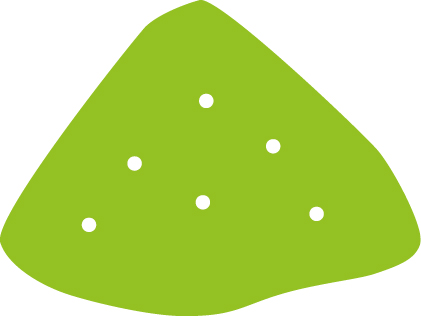 Raw material
Raw material
For this component, we look at the material the product is made of. We make a distinction between upcycled, recycled and renewable material. Upcycled material receives the most points, followed by recycled material and renewable material. Recycled material receives more points because no new material has to be made. Renewable raw materials include, for example, cotton, cork and wheat straw. These are raw materials that (re)grow in nature.
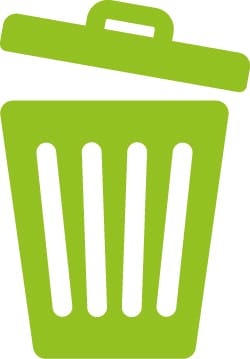 Residual product
Residual product
For this component, we look at how many different materials the residual product consists of. The more different materials, the more difficult it is to recycle. A product that is 100% compostable receives the highest score, because there is no residual product left. A product in which the residual product consists of only 1 type of material then receives the highest score, followed by a product in which the residual product consists of 2 different materials. A product for which the residual product consists of 3 or more materials is very difficult to recycle and therefore does not receive any points.
 Origin
Origin
For this component, we look at where a product is produced. The closer the production location, the fewer transport movements are required and the less CO2 emissions there are. Products produced in the Netherlands receive the highest score. Products produced outside Europe (e.g. in China or India) receive the fewest points.
Printing technique
For this component, we look at the printing technique and how environmentally friendly it is. With screen printing, for example, a lot of residual waste remains (from ink) and it has to be dried in a drying tunnel, making this technique the least good for the environment. Therefore, a product with screen printing gets 0 points. Engraving and digital printing are the cleanest printing techniques with virtually no residual waste, which means that this technique gets the most points. In between are the techniques of transfer printing and pad printing.
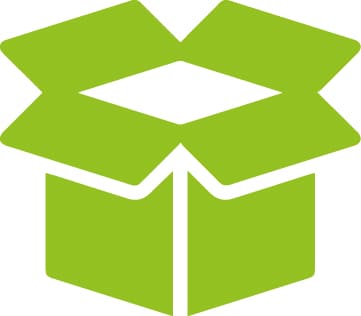 Packaging
Packaging
For this component, we check whether a product is packed individually. For example pens that are individually wrapped in (recycled) plastic. This is obviously less environmentally friendly than a product that is not individually packaged. If the packaging is part of the product (e.g. with a candy tray), we do not rate this as additional packaging material.
 Supplier
Supplier
In addition to the properties of the product itself, we also look at the supplier. It plays an important role between producer and retailer and is an important place in the chain to implement improvements and act as an example and guide. A supplier who contributes to sustainability in a certain way receives extra points compared to a supplier who does not. We look at three aspects: certifications, contribution to social projects (e.g. a sheltered workshop) and contribution to environmental projects (e.g. planting trees or water projects). Certifications carry the heaviest weight, because these are assessments by external, specialized institutions that can demonstrate that something has actually been properly and responsibly produced/traded.
Certificates
A number of products in our range are certified. Consider, for example, Fairtrade, GRS or Crade-to-Cradle. The more certifications, the more points the product receives. The certifications are displayed with icons.


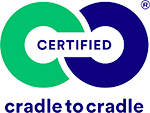
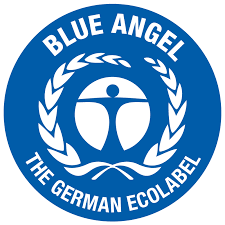
Bonus points
A product can also earn bonus points. This is the case when:
- A product contributes to increasing biodiversity (i.e. all products that grow and flourish)
- A product has an exceptionally long lifecycle
- A product is aimed at saving
- A product contains replaceable or refillable parts (this improves the lifespan)
- A product is stocked in our warehouse (this limits transport movements)
- The fabric of a product is undyed
This is what the Green Score looks like
![]()
![]()
![]()
Green leaves
The Green Score consists of five leaves, colored from light green to dark green. The dark green leaf represents the most durable, so the highest score. Each product is given a leaf based on the score that has been assigned. So the higher the score of a product, the darker green the leaf is.
Logo + leaf
At the top right of the product page you will find the Green Score logo, combined with the leaf that belongs to the product. If you click on this logo, a pop-up will appear.
Pop-up
The Green Score pop-up contains all information about the properties of the product.
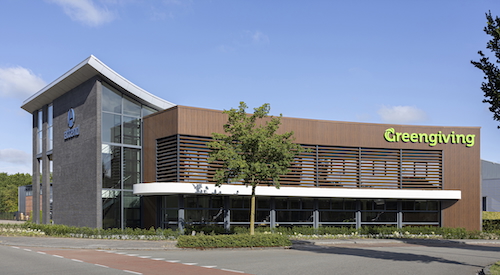

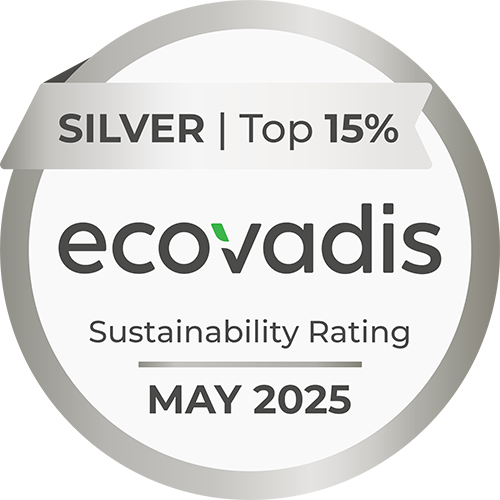
.jpg)